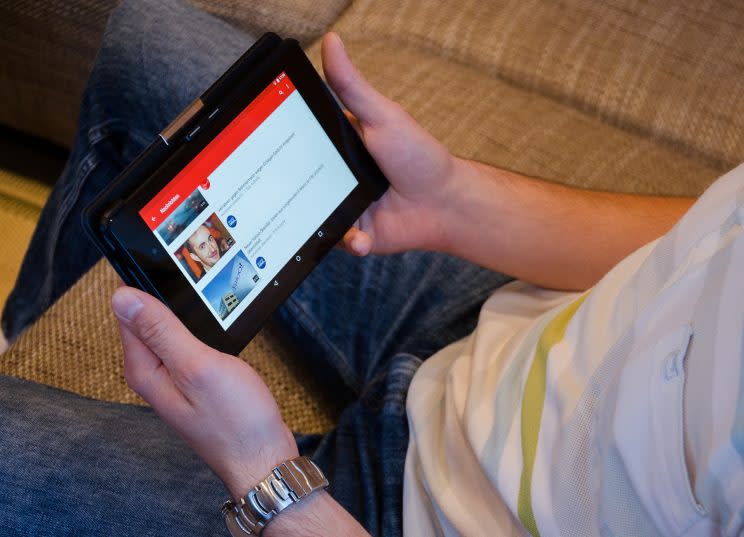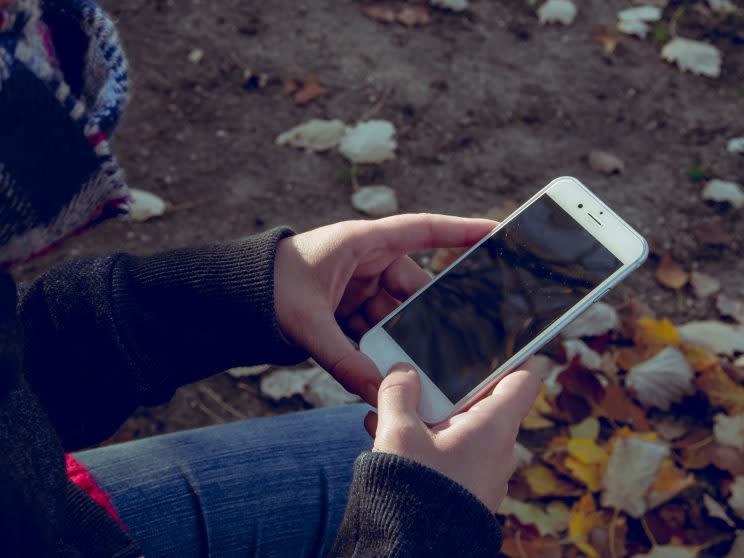How to avoid being fooled by fake news
by Marcus Goh and Adrian Kuek
Grade Expectations is a weekly feature on education in Singapore. Expect fun activities, useful tips and insightful news on learning. It’s not just about your child’s grades — it’s about raising a great child!
Students aged 10 and above have a “dismaying” ability to tell real news from fake news, according to a recent report that I (Marcus) read on Facebook.
But it sounded a little too sensational, so I went to look up the Stanford study cited in the report. The executive summary of this study was hosted on the genuine Stanford website and it did, indeed, confirm all the points that the article stated.
Admittedly, reading the article took me about 5-10 minutes, while looking it up and authenticating its veracity took me about 15 minutes. The big benefit of this fact-checking? I knew for sure that the information contained in the article was sound.
Why you should fact-check
It’s not possible to fact-check every single news article you read, but knowing when to fact-check is an important skill to hone, especially since we get most of our news from social networks rather than from actual newspapers these days.
The ease of online publishing means that anyone can post anything and claim it to be a form of “news”. The prevalence of social media means that anything can go viral, as long as it’s interesting enough. And our innate trust in the written word means that most of us, by default, believe what’s written as long as it’s plausible enough.
There goes the crucial concepts of truth and accuracy.
So it’s everyone’s responsibility to fact-check anything that sounds too interesting to be a legitimate news article. Don’t spread fake news!

Tips for spotting fake news
Here are four tips for spotting fake news. Follow them to figure out when to fact-check an article and how to do so.
1. Does it have a clickbait headline?
Clickbait refers to article headlines that are too irresistible not to click on. Frequently, such headlines claim to have “unbelievable” or “shocking” news so as to garner your interest.
It’s usually a sign that the purpose of the article is just to get as many clicks as possible, rather than to provide truthful information. It should raise a flag.
2. Did you actually read the article?
Frequently, we share whatever we think is interesting before reading it, especially when we think we already know what the article is about.
Stop. As much as you might think you know exactly what’s inside, you can’t be sure until you’ve read the article and used your critical sense. If it’s fake news, you will have helped it to spread.

3. Does the headline elicit strong emotions?
Another potential telltale sign of fake news is when the headline or article triggers anger in you. Anger, or outrage, clouds our judgement and reduces our ability to critically analyse a text. This creates the perfect storm for the spread of misinformation.
Beware when you feel strong emotions after reading the headline or article, because it may mean that you’ve temporarily become easier to manipulate.
4. Did you check if other news websites are reporting the same news?
If something important has happened, more than one news outlet will be reporting it, unless it’s a scoop. Even so, other news outlets will soon report on what has just been made public. Search for similar news articles on the Internet (especially when it comes to celebrity deaths!) and check if a trustworthy news source – a mainstream one, especially one that has been around for many years and may even have a print version – has reported the same thing.
For instance, if you read an incredible piece of news on some obscure website, you may want to ask yourself why is it that the news has managed to slip past the large teams of journalists working at major news sites.

What to do when you identify fake news
Firstly, report it on whichever social media platform you’ve seen it on. There’s usually a report button for every post you see.
Secondly, avoid sharing it. Even if you want to warn others about it, don’t share the article and say it’s fake news. This will increase the popularity of the article and cause the social media platform to show that fake news to even more people.
The best thing you can do with fake news is to report it or just plain ignore it, simply because the more people click on it, the more relevant it will seem to the algorithms of search engines and social media.

Marcus Goh runs Write-Handed, a creative writing studio. At the same time, he teaches Secondary English at The Write Connection. He has been a specialist tutor for English and Literature (Secondary) since 2005.
Adrian Kuek runs Joyous Learning, an enrichment centre that specialises in English, Mathematics, Science and Creative Writing for Primary. He previously served as the academic director of one of Singapore’s largest enrichment centre chains for over seven years.




